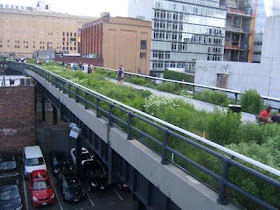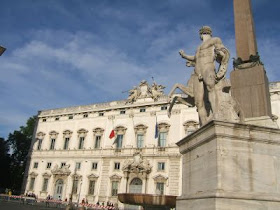A pleasant surprise from my yesterday visit at the Whitney Museum. As perhaps an answers (at least in my personal interpretations) to the "making worlds" of la Biennale, three exhibitions were a real proposition of worldmaking as an artist's re-creation of realities.


- Dan Graham: Beyond is the artist's first retrospective of work spanning from the mid-1960s to the present. Dan Graham's work includes conceptual art, video and film installation, performance, site-specific sculpture, as well as musical collaborations. His installations are involved with with visual perception: the ambiguos relationship between the perceiving subject and subject of perception re-creates reality and makes ever-changing worlds where the viewer becomes active participants to the world making creations
June 25-October 11, 2009
- Lucinda Childs: Dance presents the material that choreographer Lucinda Childs, composer Philip Glass, and artist Sol LeWitt generated for Dance, the perfomance commissioned by the Brooklyn Academy of Music in 1979. The perfomance represents a world created by the intersection of movement, sound and images in one of the most complete and harmonious interactions ever presented.
- Photoconceptualism, 1966-1973 has to be found in the museum mezzanine, and presents series of photographs from the Whitney’s collection. Photography and his conceptualization is presented in a combination of different two-dimensional media, in the works of artists of the late 1960s and early 1970s. The exhibition includes work by Mel Bochner, Adrian Piper, Bruce Nauman, Michael Heizer.
May 22-September 20, 2009














.jpg)
.jpg)
.jpg)
.jpg)





























.jpg)
.jpg)
.jpg)
.jpg)
.jpg)
.jpg)
.jpg)
.jpg)